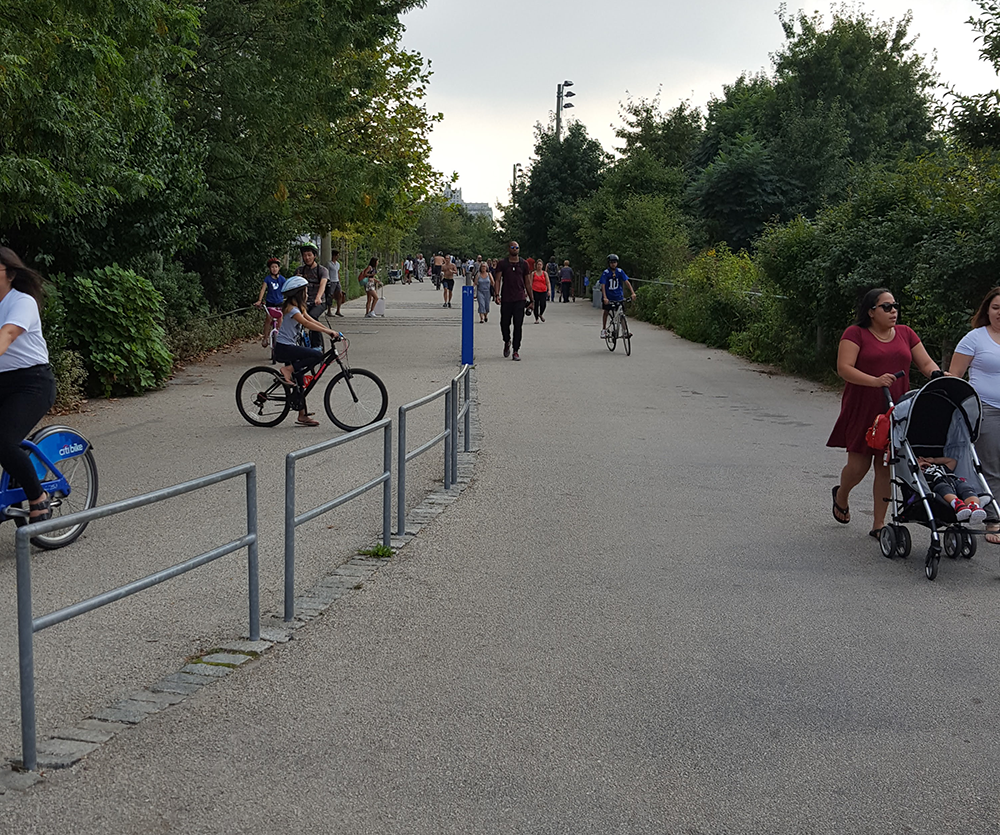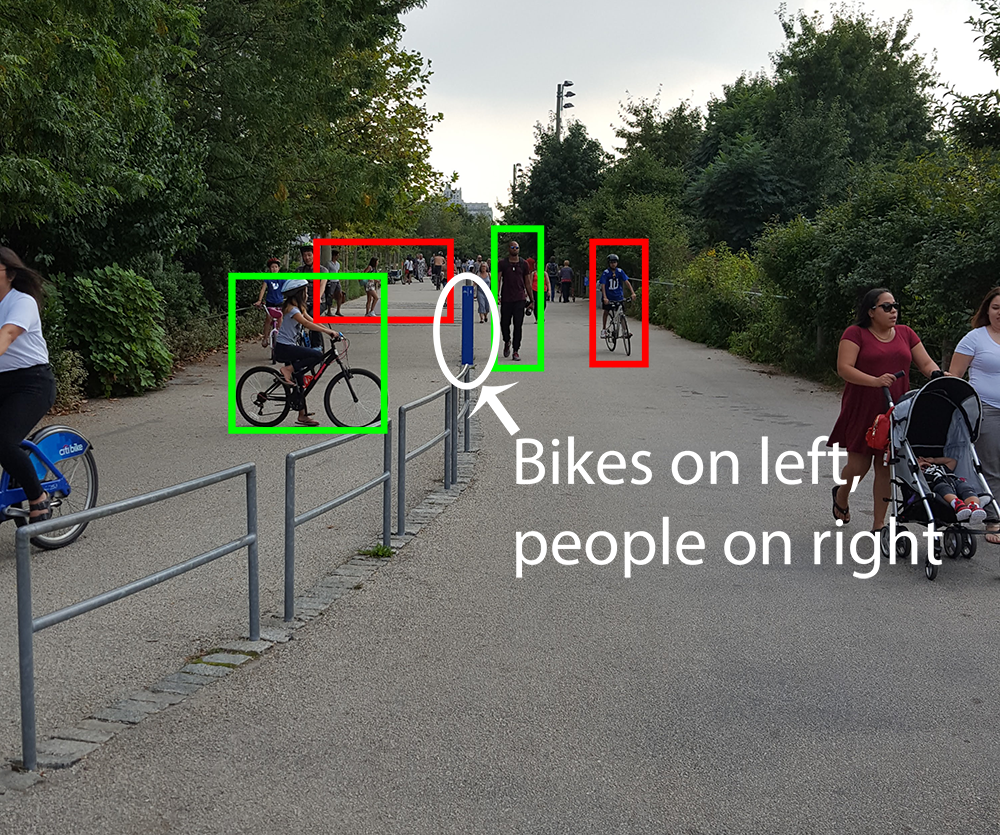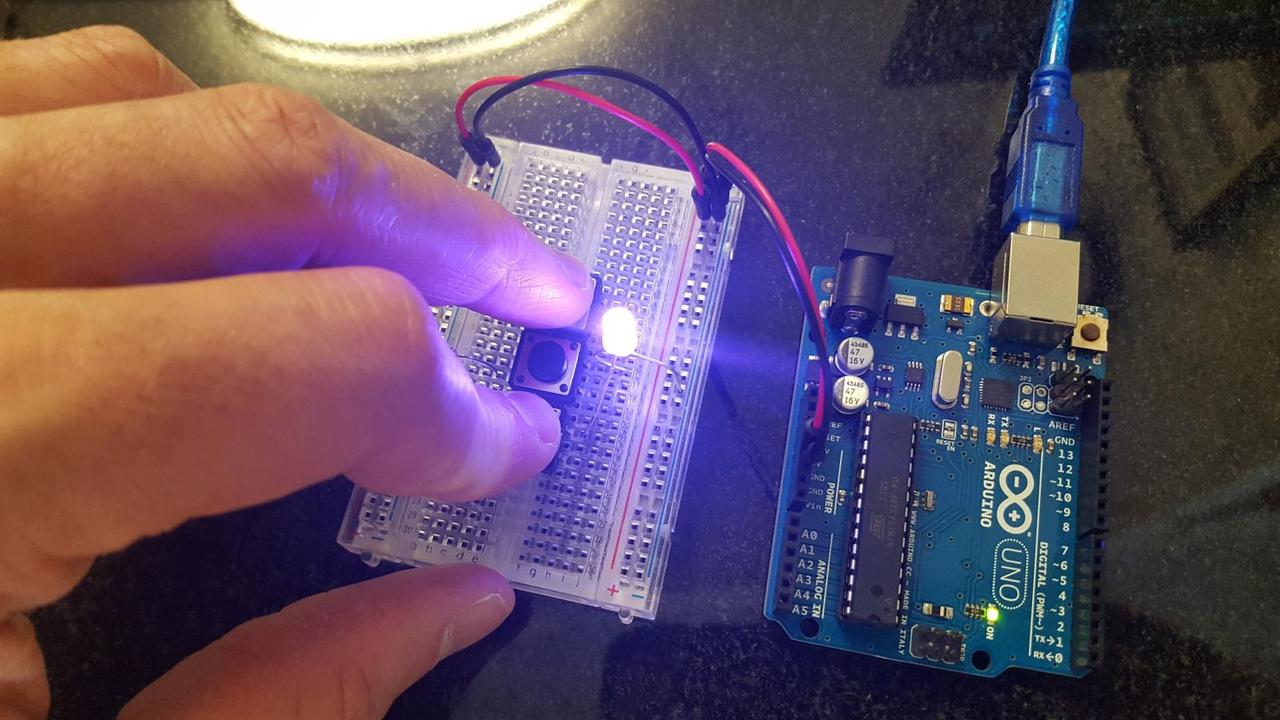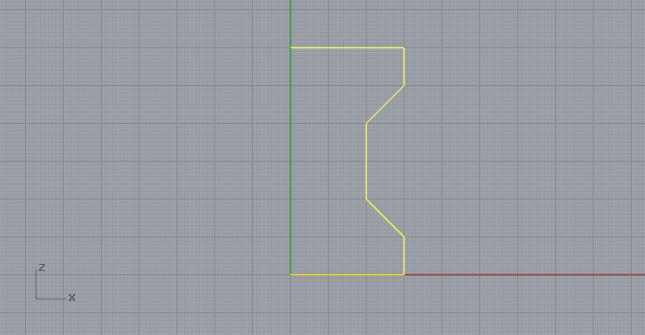The Art of Interactive Design
In Chris Crawford’s book, The Art of Interactive Design <https://www.amazon.com/Art-Interactive-Design-Euphonious-Illuminating/dp/1886411840/>`_, Crawford defines interactivity in terms of a conversation. Specifically, interactivity is a cyclical process of two actors taking turns listening, thinking, and speaking.
Unfortunately, the word "Interactive" is often explained or defined poorly, and as a result is poorly understood by our culture. The term gets added to products as a buzzword to make them sound better, but often the objects don’t really "interact" in a way as described by Crawford’s definition. There is no "conversation" or cyclical process.
A literal conversation between two people fits this definition literally, but when the interaction is between a human and an electronic device, the steps become input, process, and output. Key point though is that there are two actors, not one. Each actor is some kind of "purposeful creature," so a wall or a rug cannot be interactive.
It isn’t always clear if something is interactive or not. Rather than being a boolean thing, there are different degrees of interactivity. We can evaluate high or low levels of interactivity by evaluating the quality of the listening, thinking, and speaking steps. Excelling in one area does not compensate for failures in another. A common design error when building interactive products is to fail to appreciate this idea.
Read more…





